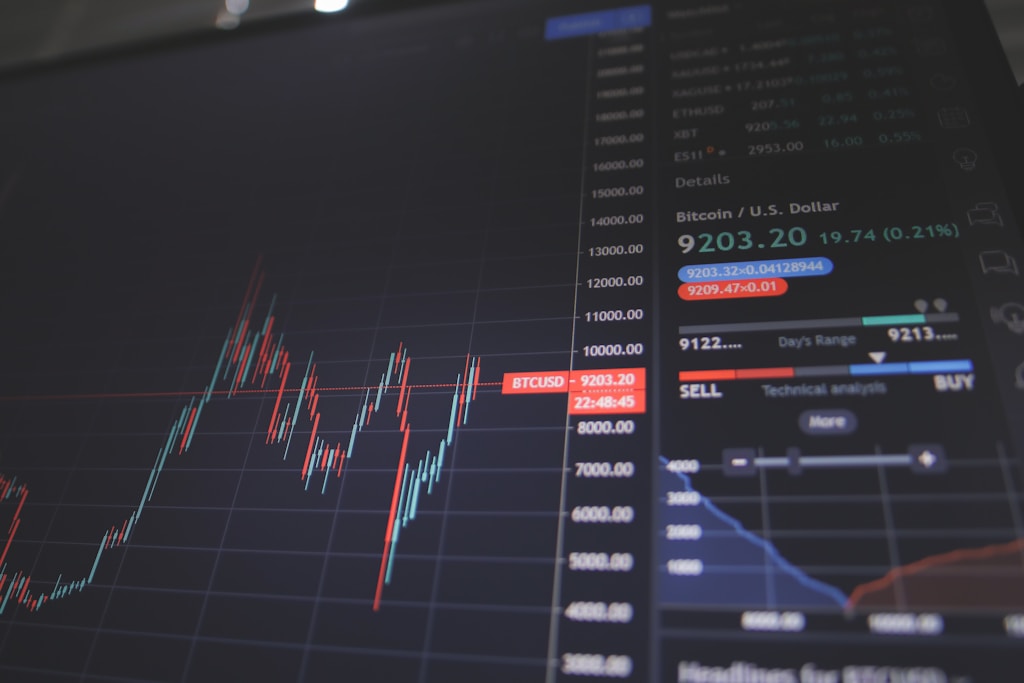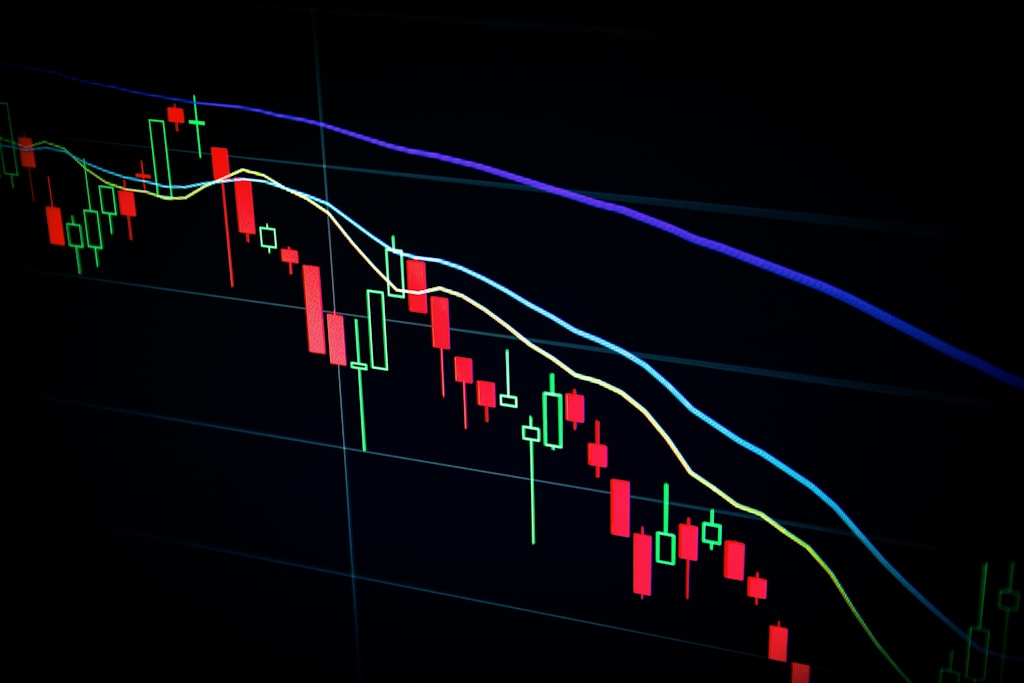Circle’s landmark IPO has exceeded all market expectations, raising an impressive $1.05 billion at $31 per share and achieving an $8 billion valuation. This historic offering, which saw demand outstrip available shares by 25 times, marks a significant milestone for the stablecoin sector.
As previously reported, Circle had been preparing for this momentous public debut, though the final valuation has exceeded earlier projections of $6.9 billion.
Breaking Down Circle’s Record-Setting IPO
- Initial Share Price: $31
- Total Funds Raised: $1.05 billion
- Company Valuation: $8 billion
- Oversubscription Rate: 25x
Market Impact and Industry Implications
The overwhelming success of Circle’s IPO demonstrates the growing institutional confidence in the stablecoin sector. This comes at a crucial time when traditional financial markets are experiencing significant shifts in dollar dominance.
Expert Analysis and Future Outlook
Industry analysts suggest this successful IPO could pave the way for more crypto companies to pursue public listings. The strong demand indicates robust institutional appetite for regulated crypto exposure.
FAQ Section
What does Circle’s IPO mean for the stablecoin market?
The successful IPO validates the stablecoin business model and could attract more institutional investment to the sector.
How does this valuation compare to other crypto companies?
At $8 billion, Circle’s valuation places it among the top publicly traded crypto companies, though still behind industry giants like Coinbase.
What impact might this have on USDC adoption?
The increased capital and public company status could accelerate USDC adoption and development of new stablecoin use cases.
Looking Ahead
Circle’s successful IPO marks a pivotal moment for both the company and the broader crypto industry. With fresh capital and public market validation, Circle is well-positioned to expand its stablecoin infrastructure and services.






